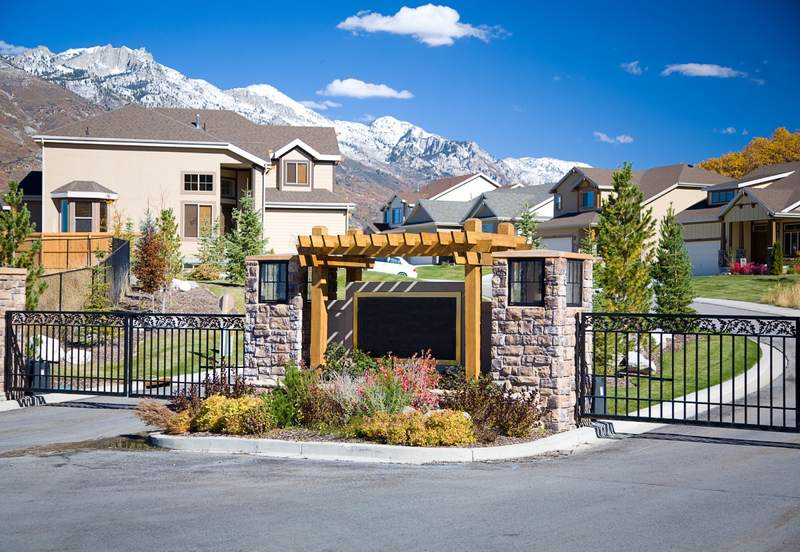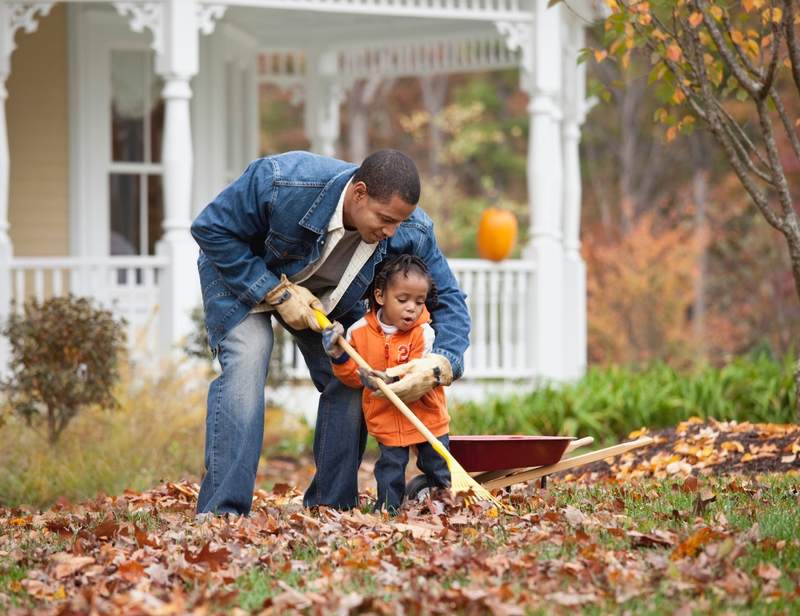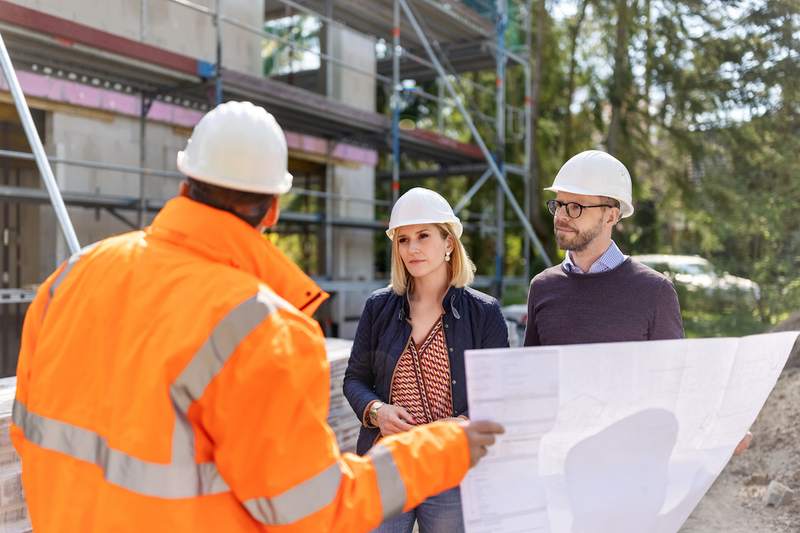
A gated community is a private residential neighborhood that’s separated from the surrounding areas using gates and fences. Gated communities offer privacy and security, since only residents and invited guests are allowed to enter.
There are pros and cons of living in a gated community. For example, gated communities often include amenities like pools, parks, playgrounds, fitness centers, golf courses, tennis courts, and hiking trails. However, you’ll likely belong to a homeowners association, and you may be subject to HOA rules and restrictions.
Here’s what you need to know about gated communities before purchasing in one.
History of Gated Communities
Gated communities have existed in some form for thousands of years. Ancient civilizations built walls, gates, and other barriers to keep unwanted guests from entering their communities. The first known gated communities in North and South America were fort towns built in the Caribbean by Spanish colonizers.
By the mid-to-late-19th century, wealthy homeowners in places like New York City and St. Louis began building gated communities. They grew in popularity during the 1960s and 1970s, as middle-class families and retirees became drawn to gated communities for their security and amenities.
By the turn of the millennium, there were as many as 20,000 gated communities with roughly 3 million homes.
What’s Included in a Gated Community?
Every gated community is different. Here are some amenities that you might find in a gated community, and others that likely won’t be included:
Common Amenities in a Gated Community
| What Gated Communities Have | What Gated Communities Don’t Have |
| — Regular maintenance. — Landscaping. — Security. — Parks. — Pools. — Tennis courts. — Golf courses. — Fitness centers. — Playgrounds. — Dog parks. — Clubhouses. — Hiking trails. — Special community events. | — Restaurants. — Shopping centers. — Schools. — Commercial businesses. — Socioeconomic diversity. |
How To Buy a Home in a Gated Community
The first step of buying a home in a gated community is finding one you want to live in. If you don’t know of any gated communities in your area, you can work with a specialized real estate agent.
You also could get a head start by doing some research yourself. Searching for gated communities on real estate platforms like Zillow or Trulia will help you understand the options and price ranges.
If you’re ready to buy, you should get preapproved for a mortgage and start touring homes.
Financing options
Homes in gated communities can be more expensive than in traditional neighborhoods. You may even need a jumbo loan once you’ve factored in higher home prices.
Don’t forget about HOA fees, which are often higher in gated communities. They can be as much as $700 a month, although roughly $200 a month is average. If your monthly HOA fees are $200, you’ll pay $72,000 in dues over the course of a 30-year fixed-rate mortgage.
You can use a mortgage calculator to estimate how much you’ll have to pay each month to live in a gated community.
FAQ
Here are the answers to some frequently asked questions about gated communities.











